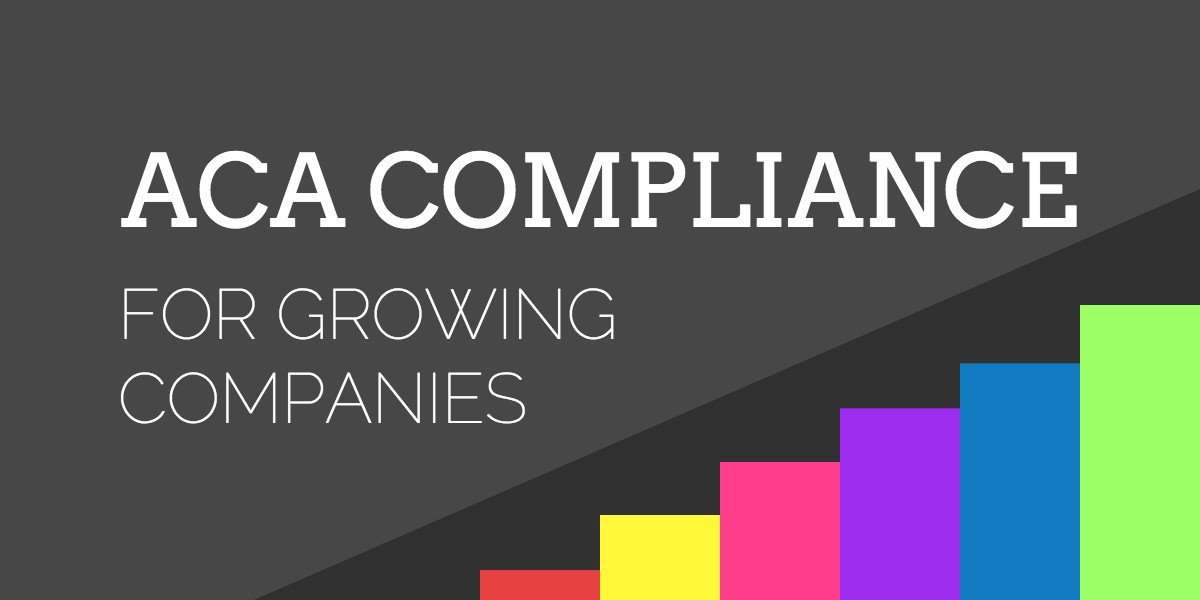If you’re planning to expand your workforce, first of all: congratulations on the growth! But secondly, there are some issues that could trip you up. As you plan for upcoming growth, it’s important to be aware of a few things that might affect your company’s compliance with the Affordable Care Act.
1. I have less than 50 full time employees. Does that mean I’m off the hook for insurance?
Maybe.
If you’re currently under 50 full time employees, you may have just had an “every man for himself” approach to healthcare coverage. Under the Affordable Care Act, you’re technically allowed to do that at your size. But as your company grows in 2016, you may suddenly be responsible for providing insurance coverage as an option for employees.
The Affordable Care Act calls a business an “Applicable Large Employer” (ALE) and holds them responsible to the insurance mandate at 50 full time or full-time equivalent employees. ALE status is determined based on the actual number of hours of work your employees perform.
That means if you have 40 full time employees and 20 part-time employees, you may be an (ALE). If those 20 part-time employees are working the combined number of hours that 10 full-time employees would be, then you’ve got 50 full-time equivalent employees, and you’re an ALE.
As with most things in life, it’s best to be proactive about this and start preparing before it becomes an issue. If it’s a possibility that you’ll end up with a workforce of 50+ full-time or full-time equivalent employees in 2016, start preparing insurance coverage options to offer your workforce now.
2. So can I just pick any old plan?
Nope.
The insurance plans you offer have to provide a 60% minimum value. This means the insurance plan must cover at least 60% of the total cost of healthcare for a standard population, including substantial coverage for inpatient care and physician visits.
3. Do I just decide a dollar amount we’ll kick in and let the employees pay the rest?
Not quite.
The lowest-cost option you offer to cover the employee only has to meet some requirements to be considered “affordable”. Their portion of the premium can’t cost more than 9.5% of their total gross income. You as the employer are responsible for the rest of the cost of the plan.
4. But some employees make more, and some make less. How can I make sure we’re safe?
When you’re calculating insurance affordability, there are three “safe harbors” you can use to make sure you’re in the clear.
Growing and taking on new responsibilities can be a challenge, but with the appropriate planning, you can stay on the IRS’s good side.
Looking to learn more about what the ACA means for your company? Check out our resources for HR managers:

